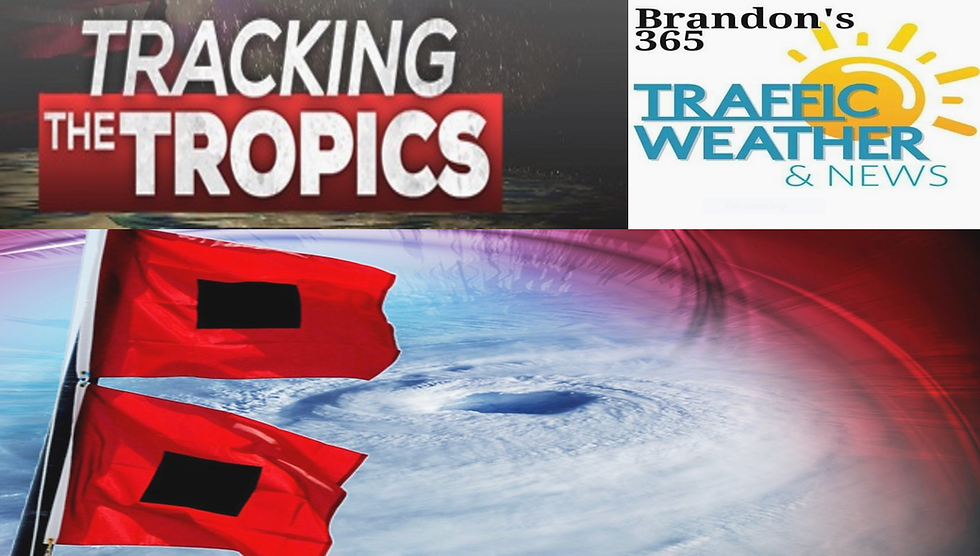Astronomical Summer begins June 20th and Meteorological Summer started June 1st.
- Brandon Shipp

- Jun 20, 2020
- 3 min read
Today Saturday June 20th Astronomical Summer begins at 5:43 eastern time and 4:43 central time. For weather and climate purposes Summer actually includes all the dates between June 1st and through the end of August. Even though, astronomically it does not start to the middle of June. So why do meteorological and astronomical seasons end on different days? In short, it is because the astronomical seasons are based on the position of the Earth about the sun, whereas the meteorological seasons are based on the annual temperature cycle. So basically astronomical seasons are for astronomy and Meteorological are for weather and climate. All the rain and temperature data etc. actually goes into the record books for the season by Meteorological Spring, Summer, Fall, and Winter. For example, if there was a rainfall record set on June 1st it would go in under the summer data and not spring even though Summer officially starts according to the Astronomical seasons later in June. In 2019 Summer started June 21st (Astronomical Summer) but Meteorological Summer started June 1st and it is the same with other Seasons. Astronomical Fall the Autumn Equinox isn't until later in September but Meteorological Fall begins September 1st, Astronomical Winter begins later in December but Meteorological Winter begins December 1st, and the same goes for Spring. Meteorological Spring starts March 1st. The natural rotation of the Earth around the sun forms the basis for the astronomical calendar, in which seasons are defined by two solstices and two equinoxes. Both the solstices and equinoxes are determined based on the Earth’s tilt and the sun’s alignment over the equator. The solstices mark the times when the sun’s annual path is farthest, north or south, from the Earth’s equator. The equinoxes mark the times when the sun passes directly over the equator. In the Northern Hemisphere, the summer solstice falls on or around June 20th or 21st depending on the year this year (2020) it begins June 20th, the winter solstice falls on or around December 21st or 22nd depending on the year, the vernal (spring) equinox on or around March 21, and the autumnal equinox on or around September 22nd. These seasons are reversed but begin on the same dates in the Southern Hemisphere. Because the Earth actually travels around the sun in 365.24 days, an extra day is needed every fourth year, creating what we know as Leap Year. This also causes the exact date of the solstices and equinoxes to vary. Additionally, the elliptical shape of the Earth’s orbit around the sun causes the lengths of the astronomical seasons to vary between 89 and 93 days. Winter is typically the coldest time of the year and summer is the warmest time of the year, with spring and fall being the transition seasons, and that is what the meteorological seasons are based on. Meteorological spring includes March, April, and May; meteorological summer includes June, July, and August; meteorological fall includes September, October, and November; and meteorological winter includes December, January, and February. These seasons were created for meteorological observing and forecasting purposes, and they are more closely tied to our monthly calendar than the astronomical seasons are. The length of the seasons is also more consistent for the meteorological seasons, ranging from 90 days for winter of a non-leap year to 92 days for spring and summer. So all-weather records for seasons like, hottest, coldest, wettest and snowiest all are based on the three whole month seasons of the calendar.








Comments